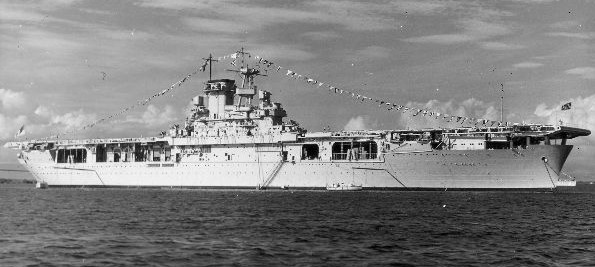After more than 76 years, USS Wasp has finally been found:
On Jan. 2 of this year, a research vessel called the Petrel set out from Honiara, on Guadalcanal, to find the Wasp. To locate a shipwreck — even a 741-foot aircraft carrier — it’s essential to have an accurate idea of where to start looking. The ocean is vast. You need to find the haystack before you can find the needle. In the Second World War, before the advent of satellites, a ship’s position was plotted using traditional open-sea techniques. There was celestial navigation — using a sextant to navigate by the sun and the stars — and dead reckoning, the estimation of current position based on time, speed and bearing. In dead reckoning, a tiny miscalculation of one variable over a great distance can lead to a large error in final position. A navigator’s skill was particularly tested when his ship was under fire, or sinking. As a result, separate reports from naval battles of the era can show the same vessel in positions more than 20 nautical miles apart.
The ocean is also frighteningly deep. Much of the bottom of the Coral Sea, where the Wasp went down, lies between 4,000 and 6,000 meters, in what is known as the abyssal zone: a lightless realm characterized by frigid water temperatures, scant animal life and crushing atmospheric pressure. (Below 6,000 meters, in the oceanic trenches, the deepest part of the ocean, is known as the hadal zone; it is truly the underworld.)
Paul Allen’s shipwreck hunting team has discovered the Musashi, USS Lexington, USS Juneau, and USS Indianapolis.
I can’t wait to see what they find next.
